Visiting The Machu Picchu tourist site
Machu Picchu, also spelled Machupijchu, site of ancient Inca ruins located about 50 miles (80 km) northwest of Cuzco, Peru, in the Cordillera de Vilcabamba of the Andes Mountains South America
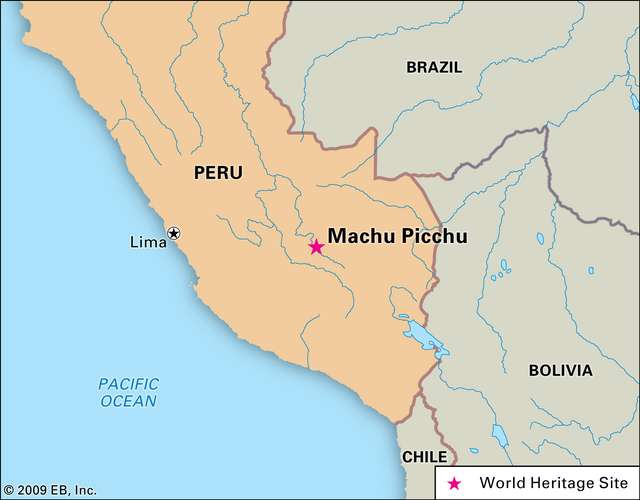
. It is perched above the Urubamba River valley in a narrow saddle between two sharp peaks—Machu Picchu (“Old Peak”) and Huayna Picchu (“New Peak”)—at an elevation of 7,710 feet (2,350 metres). One of the few major pre-Columbian ruins found nearly intact, Machu Picchu was designated a UNESCO World Heritage site in 1983.

Although the site escaped detection by the Spaniards, it may have been visited by the German adventurer Augusto Berns in 1867. However, Machu Picchu’s existence was not widely known in the West until it was “discovered” in 1911 by the Yale University professor Hiram Bingham, who was led to the site by Melchor Arteaga, a local Quechua-speaking resident.
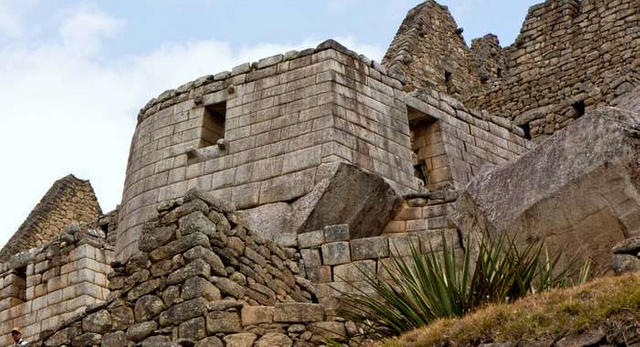
Bingham had been seeking Vilcabamba (Vilcapampa), the “lost city of the Incas,” from which the last Inca rulers led a rebellion against Spanish rule until 1572.
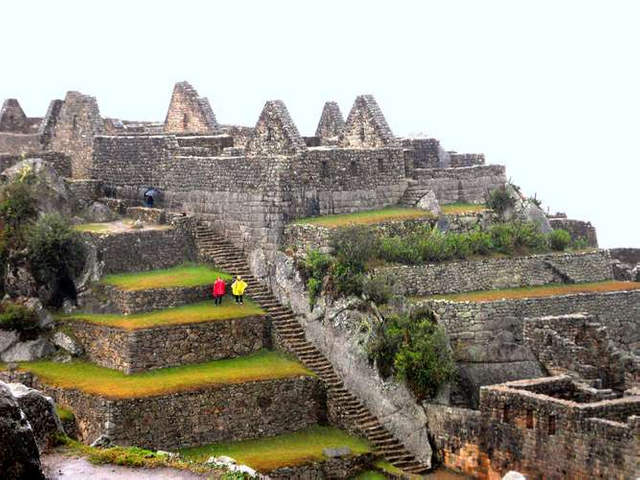
He cited evidence from his 1912 excavations at Machu Picchu, which were sponsored by Yale University and the National Geographic Society, in his labeling of the site as Vilcabamba; however, that interpretation is no longer widely accepted. (Nevertheless, many sources still follow Bingham’s precedent and erroneously label Machu Picchu as the “lost city of the Incas.”)
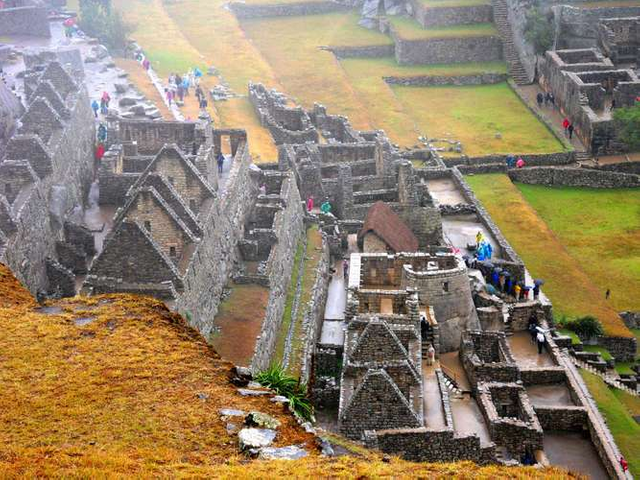
Evidence later associated Vilcabamba with another ruin, Espíritu Pampa, which was also discovered by Bingham. In 1964 Espíritu Pampa was extensively excavated under the direction of the American explorer Gene Savoy. The site was much deteriorated and overgrown with forest, but Savoy uncovered remains there of some 300 Inca houses and 50 or more other buildings, as well as extensive terraces, proving that Espíritu Pampa was a much larger settlement.
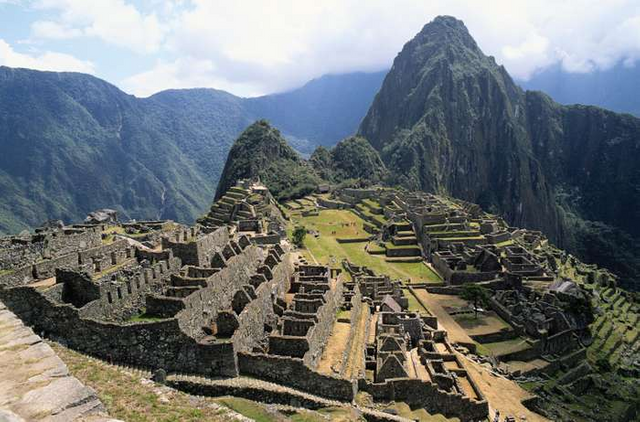
The dwellings at Machu Picchu were probably built and occupied from the mid-15th to the early or mid-16th century. Machu Picchu’s construction style and other evidence suggest that it was a palace complex of the ruler Pachacuti Inca Yupanqui. The high level of preservation and the general layout of the ruin are remarkable.
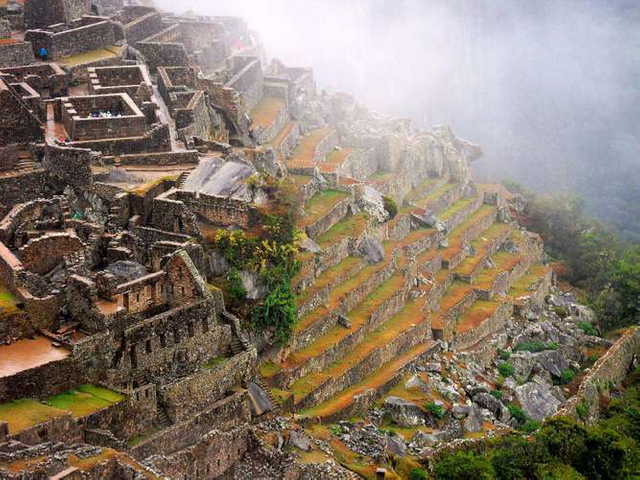
Its southern, eastern, and western portions are surrounded by dozens of stepped agricultural terraces formerly watered by an aqueduct system. Some of those terraces were still being used by local Indians when Bingham arrived in 1911.
Machu Picchu is the most economically important tourist attraction in Peru, bringing in visitors from around the world. For this reason the Peruvian government wishes to repatriate the materials taken by Bingham to Yale.
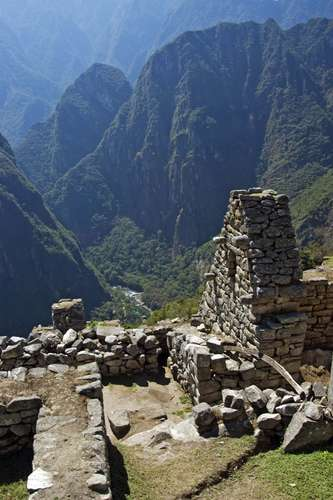
At Machu Picchu there is a hotel with a restaurant, and thermal baths are at the nearby village of Aguas Calientes. The Inca Bridge and other parts of Machu Picchu were damaged by a forest fire in August 1997, but restoration was begun immediately afterward. Concern for the damage caused by tourism was heightened by discussion of the building of a cable-car link to the site.
Thanks for taking the time to read my post am sure @agodaniel32,@trafalgar and @oppongk are reading thanks guys for your continues support 😍...